Importance of Protein Into Our Diets
The importance of a protein-rich diet increases as we get older. Stephen Perrine, the author of the new book, says that eating the right amount of protein at the right time of day can improve brain health. The Whole Body Reset. “Our bodies need 25 to 30 grams of protein at each meal to keep the process of protein synthesis cranking along,” he explains.
Also, according to Well+Good, a new study shows that eating the right amount of protein can help lower blood pressure. It was found that people who ate a wide variety of protein foods had the greatest health benefits, according to the China Health and Nutrition Survey. Here are 10 ways to add 10 grams of protein into our diets.
1. Greek yogurt
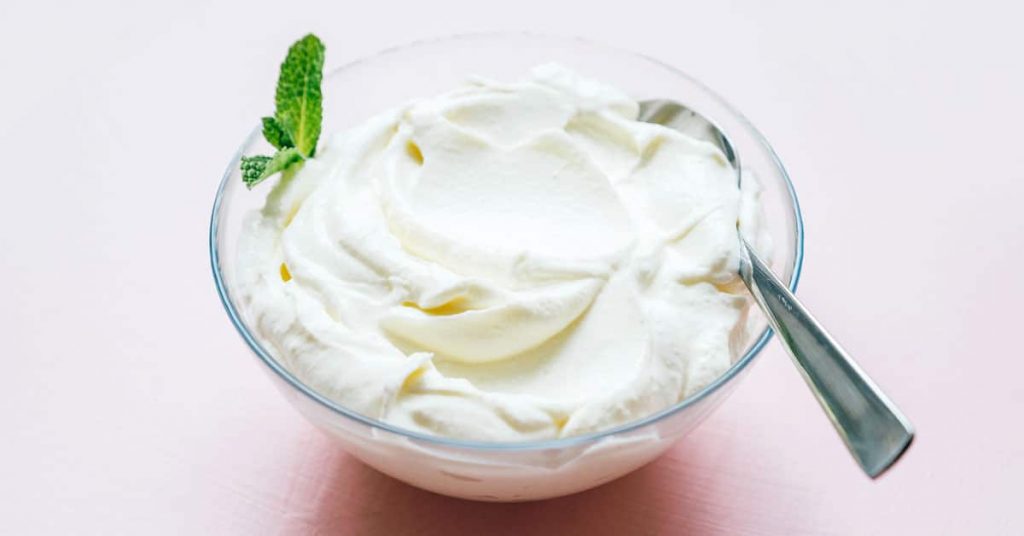
The protein content of half a cup of Greek yogurt is 11 grams. There are numerous ways in which you can add protein to any meal by using Greek yogurt, according to Eating Well. This versatile ingredient can be added to smoothies for breakfast, sprinkled on salads and pasta for lunch, or eaten alone.
2. Eggs
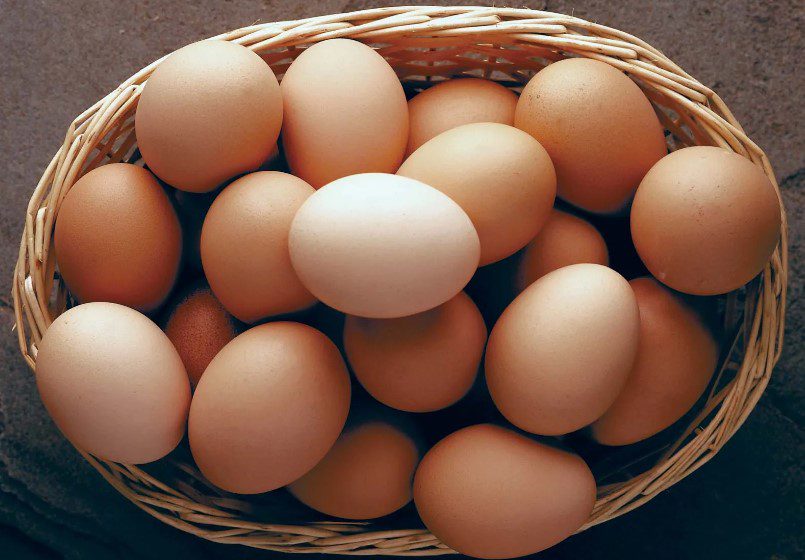
Eat two eggs for a total of 12 grams of protein at any time of the day. Also, the myth that eggs are bad for your heart is unfounded. Daily egg consumption was not associated with an increased risk of heart attacks, strokes, or other forms of cardiovascular disease, according to research conducted by Harvard Medical School over several decades. If you’re healthy and don’t have heart disease or diabetes, a Harvard study published in the American Journal of Clinical Nutrition in 2018 found that those people who regularly eat eggs have a lower risk of death from stroke and heart disease than those who don’t.
3. Nut Butters
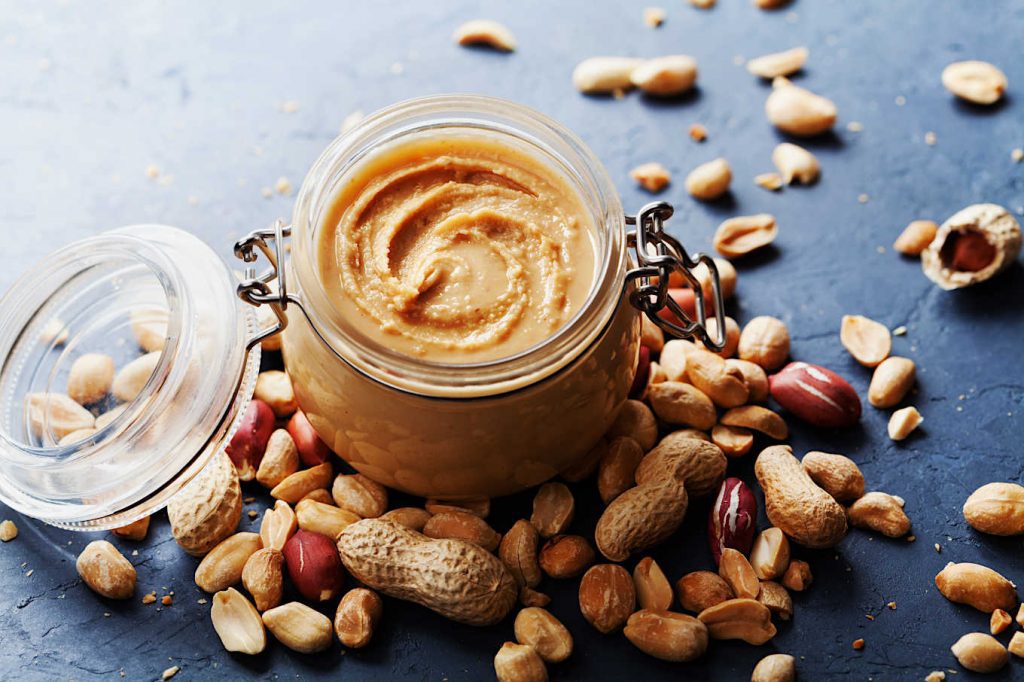
According to Eating Well, adding two tablespoons of peanut butter to a meal or snack provides 8 grams of protein. On whole wheat toast or slices of fruit, spread nut butter. Add them to smoothies for a richer, more flavorful texture.
4. Chia Seeds
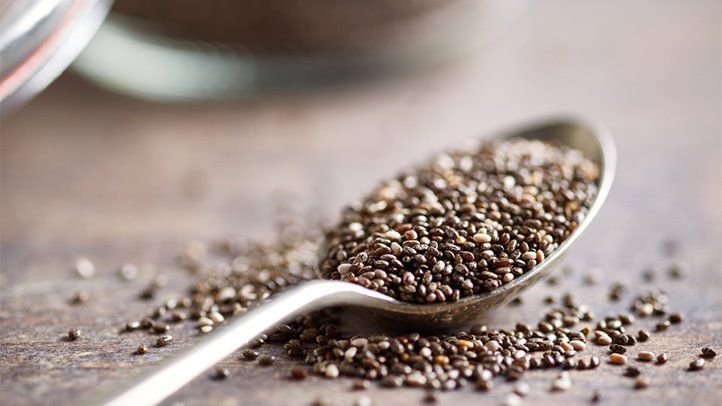
Ten grams of protein can be found in just four tablespoons of chia seeds. The seeds can be added to puddings, salads, and baked goods for a nutritious breakfast or snack.
5. Lentils
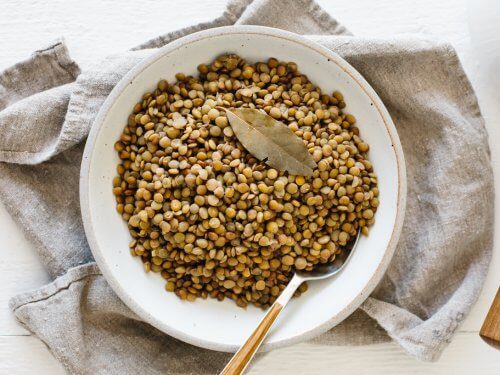
About 9 grams of protein can be found in a half-cup serving of lentils. Serve them in soups, stews, and salads.
6. Cottage Cheese
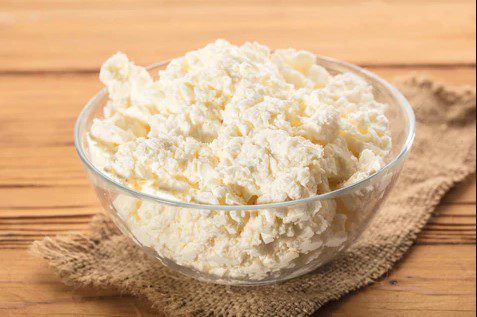
For every 33 cups, you’ll get 9 grams of protein from cottage cheese. Adding chopped fresh berries, nuts, honey, or even avocados to plain cottage cheese can make it look more appetizing.
7. Canned Fish
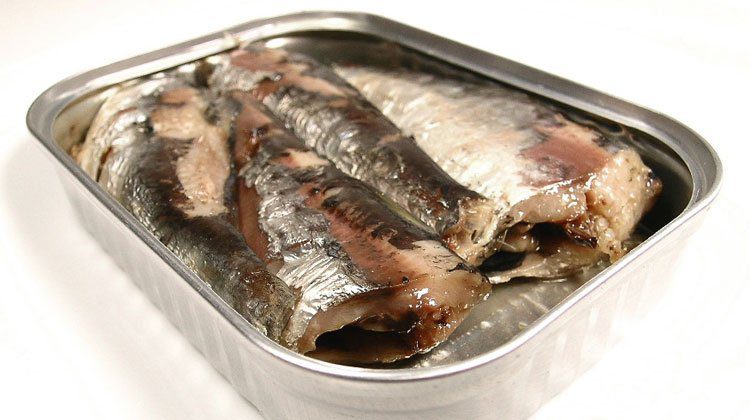
10 grams of protein can be found in a quarter of a 6-ounce can of salmon or tuna. Canning fish is a cost-effective alternative to buying it fresh, and it keeps well in the pantry.
8. Tofu
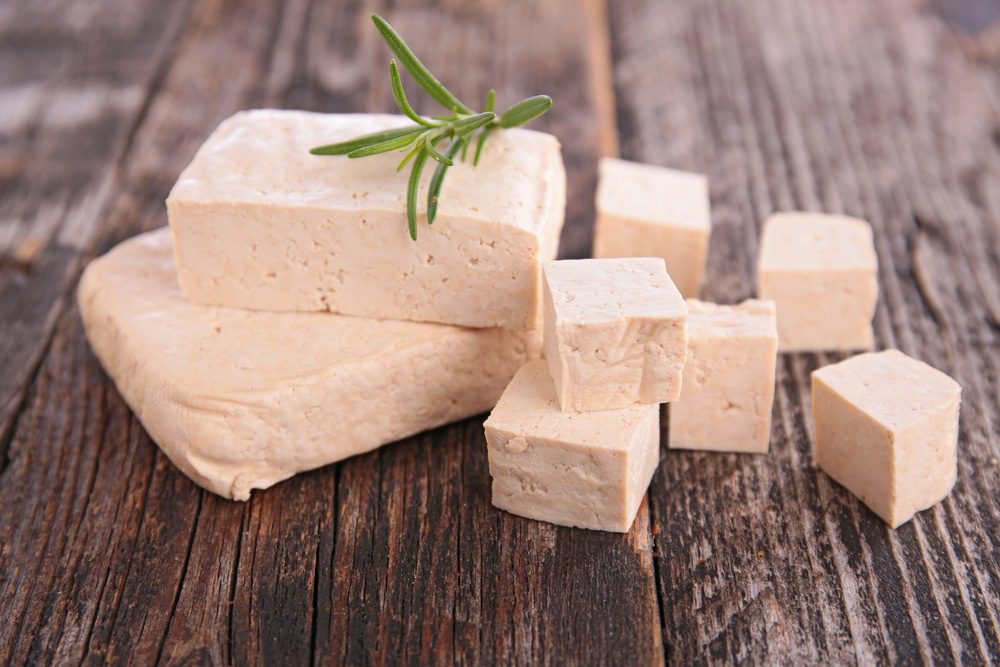
Tofu has 9 grams of protein per serving and is a healthy plant-based product that can be prepared in a variety of ways. If you prefer, you can make a smoothie out of tofu cubes and mixed vegetables.
9. Kidney Beans
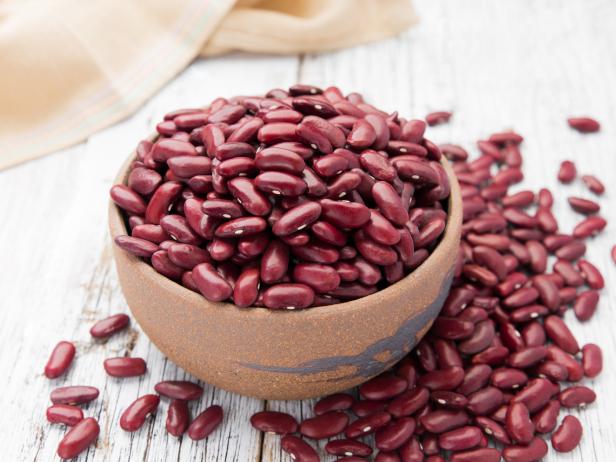
One of the most commonly consumed beans has a number of benefits, according to Healthline. Protein, fiber, folate, and manganese are all present in a single cup’s worth of content. Toss with cooked rice or toss into soups and salads.
10. Nutritional Yeast
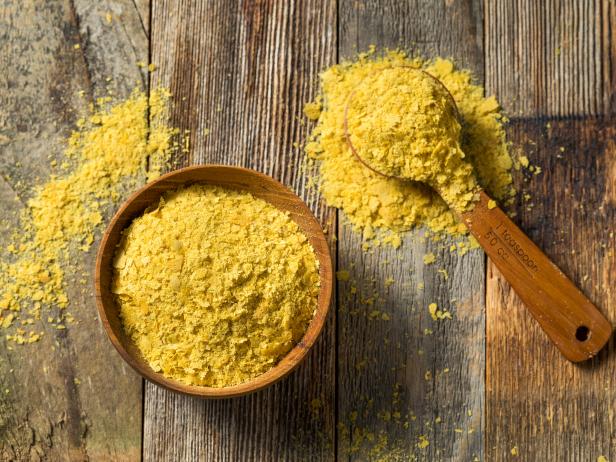
The protein content of one tablespoon of nutritional yeast is approximately 8 grams. Salad dressings can be made using this product as a vegan substitute for Parmesan cheese. If you want a high-protein snack, try sprinkling nutritional yeast over popcorn, as recommended by Eating Well.




